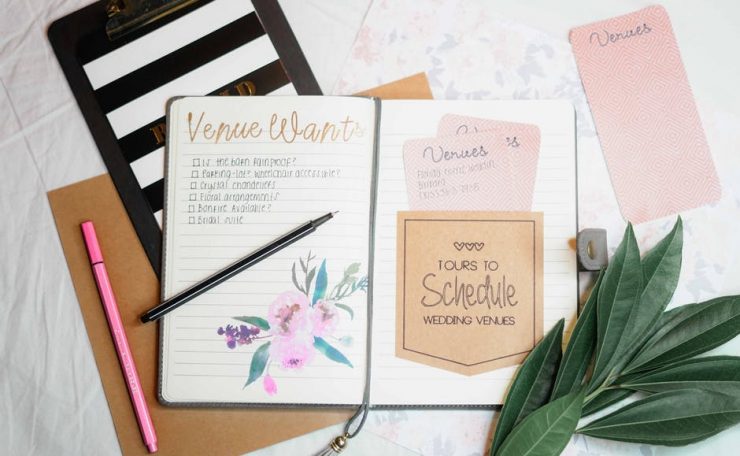What is a Bullet Journal?
A bullet journal (nicknamed BuJo) is a journal you use to organize your daily to-do lists, to keep notes about future events, keep a monthly or weekly calendar, track both physiological and mental health, record both short-term and long-term goals, and logs of things that you’ve already done.
It is used for both writing and drawing.
So, Is It Just a Book of Lists?
A bullet journal (nicknamed BuJo) is used for both writing and drawing.
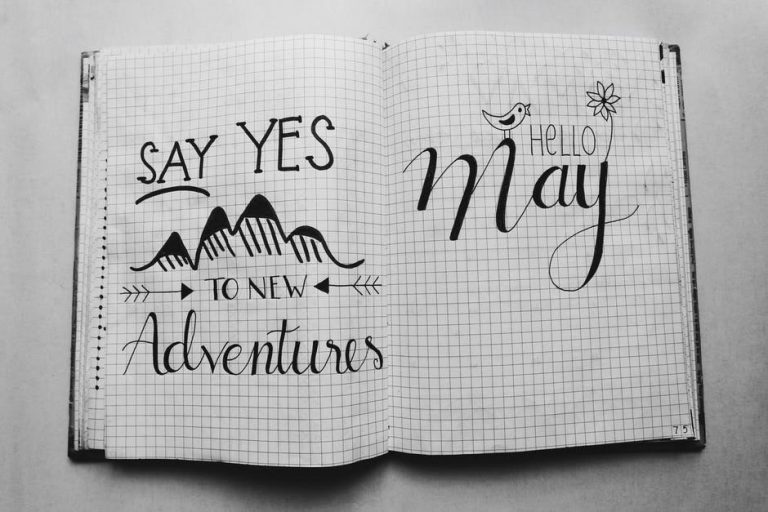
You use it to:
- organize your daily to-do lists,
- keep notes about future events,
- keep a monthly or weekly calendar,
- track both physiological and mental health,
- record both short-term and long-term goals, and
- logs of things that you’ve already done.
- write down anything and everything else you want to.
Sections of a Typical Bullet Journal
Daily Log and Key
The bulk of your bullet journal will consist of a daily log.
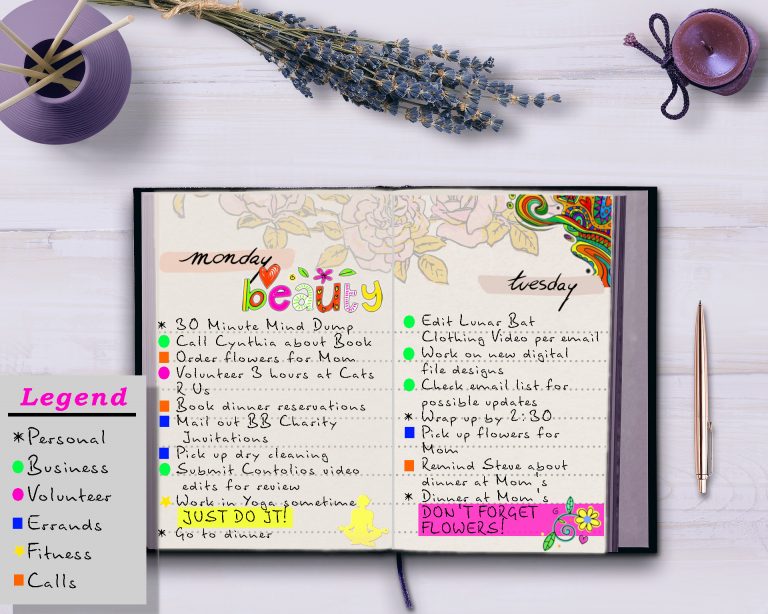
Sections included are:
1. A list of daily items. This simulates a to-do list and is a section to jot down your general notes and ideas.
- Use a legend to define different types of notes. This allows you to keep all this in one place without it becoming cluttered.
- Use crosses, circles, dots, stars, dashes, and other elements that you predefined within a legend for reference. This legend explains what each of the elements means.
- Decide what kinds of items you want to include. Typically you define:
- to-do tasks,
- completed tasks,
- deferred tasks to complete later,
- notes to yourself,
- quotes, and other items you want to include.
2. A tracker. This is optional and is used for your daily logs to track such things as:
- workouts,
- nights you slept for more than 7 hours,
- moods,
- meals,
- weight loss,
- bouts of anxiety, and
- any other personal item you want to keep a log about.
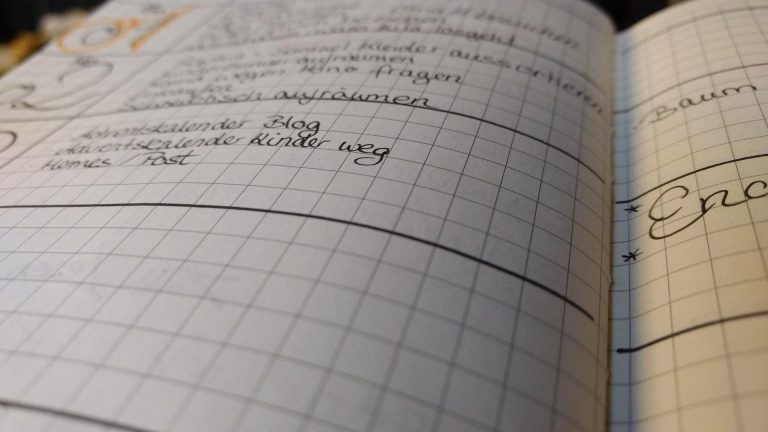
3. A future log. This is typically placed at the front of the journal on a page where you roughly sketch out the year. This does not need to be detailed and typically includes:
- important key events,
- things and dates to remember, and
- goals to achieve.
- trackers can also go here.
4. Monthly and Weekly Logs. These mimic the future log but are for each month and week.
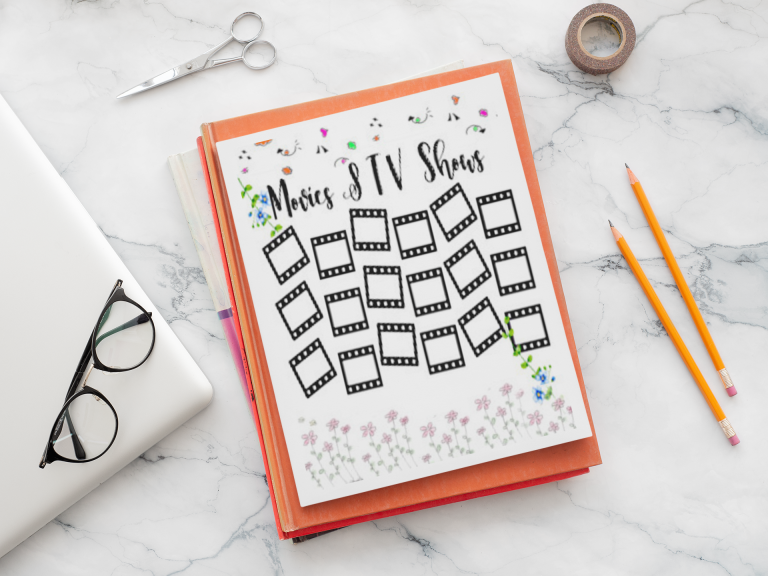
5. A module. This is a page that you dedicate to anything else you want. These typically take the form of lists, but don’t have to. This can include a list of:
- films to watch,
- gift ideas,
- recipes you want to try,
- inspiring quotes,
- rules to live by, and more.
Note that you can insert modules as you progress through your journal, between daily logs. Turn to the next blank page to insert. Or you can include them at the back of the book.
6. An Index. Finally, include an index and page numbers at the front of the journal. This is useful for quickly and easily finding the items you want.
The Bullet Journal: Your Secret Weapon for Excellent Time Management
There are plenty of time-management and organization systems. And currently the bullet journal is one organizational tool that’s very much “in vogue”. It is featured on many accounts in Instagram as well as productivity and self-improvement blogs.
The bullet journal is ideal for business professionals or anyone who just wants to make the most of their time.
A Versatile Tool
The bullet journal can be completely personalized for you and how you want to use it.
By applying some creativity…doodles, color-coding, speech bubbles, hand-drawing, highlighting, call-outs, and more, it becomes uniquely you in a very appealing way.
It can take you on your personal journey through time, it can provide a means to organize your business, it can log your self-improvement progress, and it can even be used to visually organize your wedding! It can be used for anything you can think of. All this while affording creativity in the mix! It is one of my favorite journaling mediums that you should seriously consider experiencing.
Click here for more bullet journals.
Happy bulleting!

